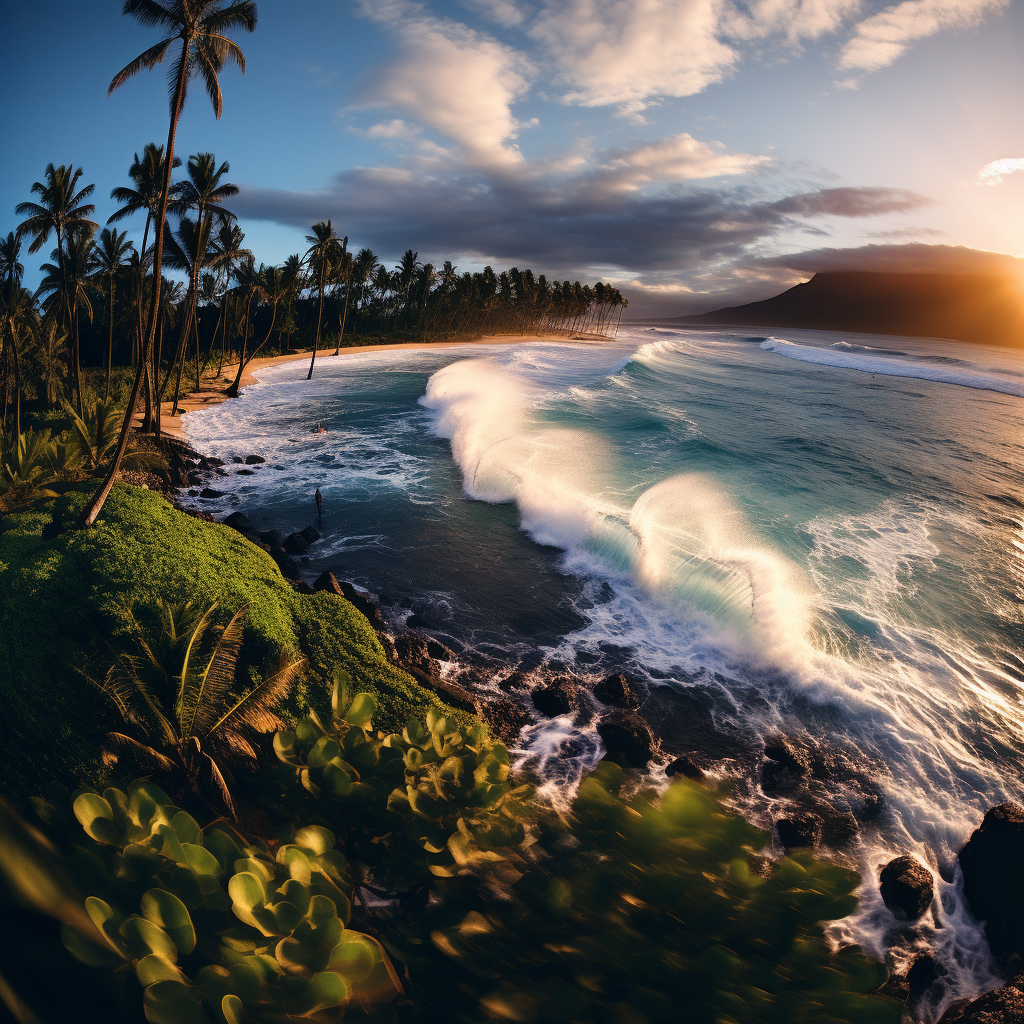August 15, 2023
Unraveling Hawaii’s Wildfire Threat – Climate, Land-Use, Invasive Species
Book a Demo
Climate change, increasing temperatures, human activity, and the spread of combustible nonnative plants are all significant contributing factors to the severity of Hawaii’s wildfires. In the past several decades, Hawaii’s average temperature has risen by two degrees. This warming trend, which began in the 1950s, has contributed to increased fire risks due to drying out of plants.
Weather patterns also play a key role in exacerbating fire conditions in Hawaii. High pressure zones and hurricanes, for instance, can create more conducive environments for wildfires to ignite and spread. While drought conditions are prevalent in fire-prone areas like Maui County, these conditions may not be directly attributed to climate change. Instead, they are often a product of normal climate patterns and fluctuations in the Pacific.
However, the Maui fires serve as a stark demonstration of the increasing threat of compound climate events. These events combine multiple climate hazards, including drought, high temperatures, and strong winds, leading to severe consequences. Climate change is expected to make these compound climate events more frequent, posing significant risks to ecosystems and communities.
The wildfires in Maui, Hawaii, are considered a compound disaster, driven by a combination of climate change, land-use practices, and invasive species. Land-use practices can play a significant role in increasing the propensity for wildfires. When land is used for agriculture or development, it often results in the alteration of vegetation, providing a continuous supply of flammable material.
Moreover, invasive species, particularly grasses, can also contribute to the prevalence of wildfires. These species, which are not native to the region, can easily spread and provide ample fuel for fires. This combination of factors – climate change, land-use practices, and invasive species – underscores the complexity of the wildfire threat in Hawaii. As climate change continues to intensify, it is crucial to understand and address these interconnected issues to mitigate future fire risks.



